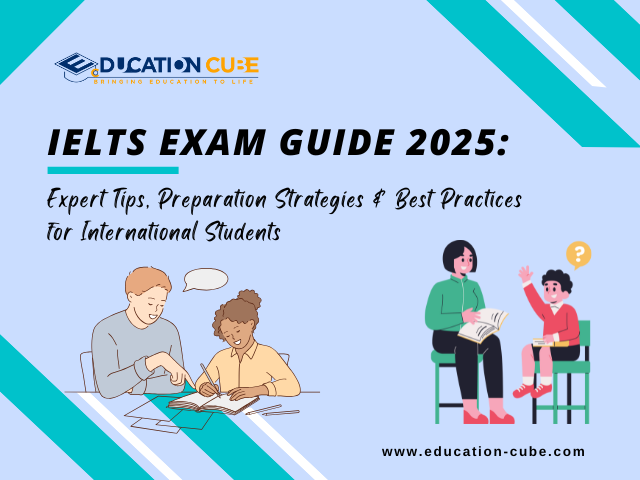
The Art of Note-taking: Strategies for Capturing and Reviewing College Lecture Material
To capture and review lecture material successfully, consider these strategies:
- Active Engagement: Actively engaging during lectures by listening attentively, participating in discussions, and asking questions. This interaction enhances understanding and helps identify critical concepts for note-taking. The process of summarizing and organizing contents to grasp concepts more thoroughly, contributing to a deeper understanding.
- Organized Structure: Create a clear, organized structure for your notes. Use headings, bullet points, and numbered lists to break down information. This structure aids in quick review and retrieval of information.
- Keywords and Abbreviations: Develop a system of keywords and abbreviations. This shorthand technique allows you to condense information without sacrificing comprehension. Consistency is vital to avoiding confusion during later reviews.
- Visual Aids: Incorporate visual Aids like diagrams, charts, and graphs. Visual representations enhance understanding and serve as practical memory triggers during review sessions.
- Highlighting and Colour Coding: Use highlighting and colour coding to emphasize important points. This visual distinction makes it easier to identify critical concepts when reviewing your notes.
- Review and Revise Regularly: Schedule regular review sessions to reinforce your understanding of the material. The spaced repetition technique aids in long-term retention and helps you identify areas that require further clarification.
- Create Summary Notes: Condense your notes into summary sheets after each lecture or study session. This succinct overview serves quick reference guide, aiding efficient review before exams.
- Collaborate with Peers: Take notes collaboratively with classmates. This allows you to fill gaps in your notes, gain different perspectives, and reinforce your understanding through discussions.
- Utilize Technology: Leverage note-taking apps or digital platforms to enhance your efficiency. Digital Tools often provide features like search capabilities and easy organization, streamlining the review process.
- Active Reflection: Review your notes regularly, considering how the information connects to prior knowledge and real-world applications. This reflective practice deepens understanding and enhances the quality of your notes.
In essence, note-taking is a versatile and transferable skill beyond academic environments. It is a cornerstone for lifelong learning, effective communication, and success in various personal and professional endeavours. The art of note-taking is about capturing information and creating a personalized system that aligns with your learning style and maximizes your academic success.
 Global Pharmacy Programs: Elevate Your Career with World-Class Education and Practical Exposure
Global Pharmacy Programs: Elevate Your Career with World-Class Education and Practical Exposure
 Artificial Intelligence (AI) and Machine Learning (ML) Careers: Building the Future of Innovation
Artificial Intelligence (AI) and Machine Learning (ML) Careers: Building the Future of Innovation
 Beyond Rankings: How to Choose the Right Country and University for Higher Studies
Beyond Rankings: How to Choose the Right Country and University for Higher Studies
 Study Cloud Computing Abroad: Destinations, Courses, Careers & Trends for 2025
Study Cloud Computing Abroad: Destinations, Courses, Careers & Trends for 2025
 Choosing the Right Stream After Class 10: A Comprehensive Guide for Students
Choosing the Right Stream After Class 10: A Comprehensive Guide for Students
 IELTS Exam Guide 2025: Expert Tips, Preparation Strategies & Best Practices for International Students
IELTS Exam Guide 2025: Expert Tips, Preparation Strategies & Best Practices for International Students
 A Comprehensive Guide to Writing a Letter of Intent for Higher Education
A Comprehensive Guide to Writing a Letter of Intent for Higher Education
 Study in France: A Comprehensive Guide for International Students
Study in France: A Comprehensive Guide for International Students
 International Relations & Political Science: Studying Global Affairs Abroad
International Relations & Political Science: Studying Global Affairs Abroad
 Study in Russia: A Complete Guide for International Students
Study in Russia: A Complete Guide for International Students
00 Comments
Leave a Comment